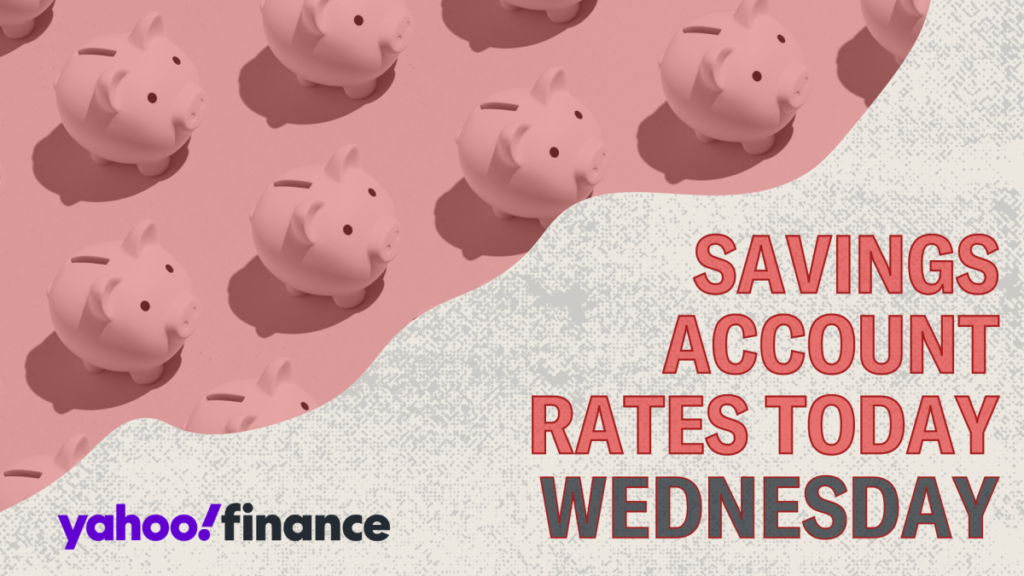In September 2024, the Federal Reserve cut the federal funds rate, which has begun to impact deposit rates, including those for savings accounts. As a result of this change, it has become increasingly crucial for savers to seek out the highest interest rates available on their savings, with high-yield savings accounts emerging as a favorable solution. These accounts typically offer better returns than traditional savings accounts, boasting rates up to 5% Annual Percentage Yield (APY) or higher. For consumers looking for competitive offers, it’s essential to research and identify which banks are presently providing the best savings interest rates.
Despite a historical landscape of higher savings account interest rates, current offerings for standard savings accounts are significantly lower compared to high-yield options. For instance, while the average interest rate for savings accounts is approximately 0.46%, high-yield savings accounts can provide rates in the range of 4.5% to 5% APY. As of late October 2024, Openbank stands out, offering the highest savings account rate at 5.25% APY, contingent upon an initial deposit of at least $500. A thorough examination of various financial institutions reveals several partners that offer attractive savings rates, fostering informed decision-making for prospective savers.
The link between deposit account rates and the federal funds rate is fundamental to understanding fluctuations in savings interest rates. As the Federal Reserve adjusts its target interest rates, these changes ripple through the banking sector, affecting the rates offered on savings accounts. The recent reduction in the federal funds rate following a series of hikes to combat inflation has led to a decline in corresponding deposit rates. Investors and savers should remain vigilant about these trends, as they significantly influence the profitability and viability of high-yield savings accounts. Additionally, for those debating between options like I bonds versus high-yield savings accounts in terms of inflation protection, it’s crucial to weigh the implications of the recent interest rate changes.
When determining the best options for managing personal savings, individuals should consider several critical factors. First and foremost is the interest rate itself, as these rates directly influence the potential growth of savings over time. With predicted drops in savings rates on the horizon, locking in a high-yield savings account now may provide significant financial benefits. Furthermore, understanding personal financial goals is essential: while high-yield accounts offer excellent short-term returns, they may not meet the growth expectations needed for long-term objectives like retirement savings, where higher-risk investments may be more suitable.
Accessibility and liquidity are other significant considerations when selecting a savings vehicle. Many investment accounts yield higher returns but may impose constraints on fund access, especially in emergency scenarios. For example, withdrawing funds from fixed deposit accounts or certificates of deposit (CDs) before maturity often incurs penalties, potentially undermining financial flexibility. High-yield savings accounts, in contrast, typically allow for easier access to funds, making them an ideal choice for those who might need quickly available savings to meet immediate financial needs or emergencies.
Lastly, security plays a crucial role in the decision-making process around savings accounts. High-yield savings accounts generally come with FDIC insurance, safeguarding deposits up to established federal limits. This insurance depth means that funds remain secure against market volatility, reinforcing the case for these accounts as low-risk investment options. As savers evaluate their choices, the combination of high interest rates, accessibility, and security solidifies the attractiveness of high-yield savings accounts in today’s evolving financial environment, suggesting a prudent path for those looking to optimize their savings.

